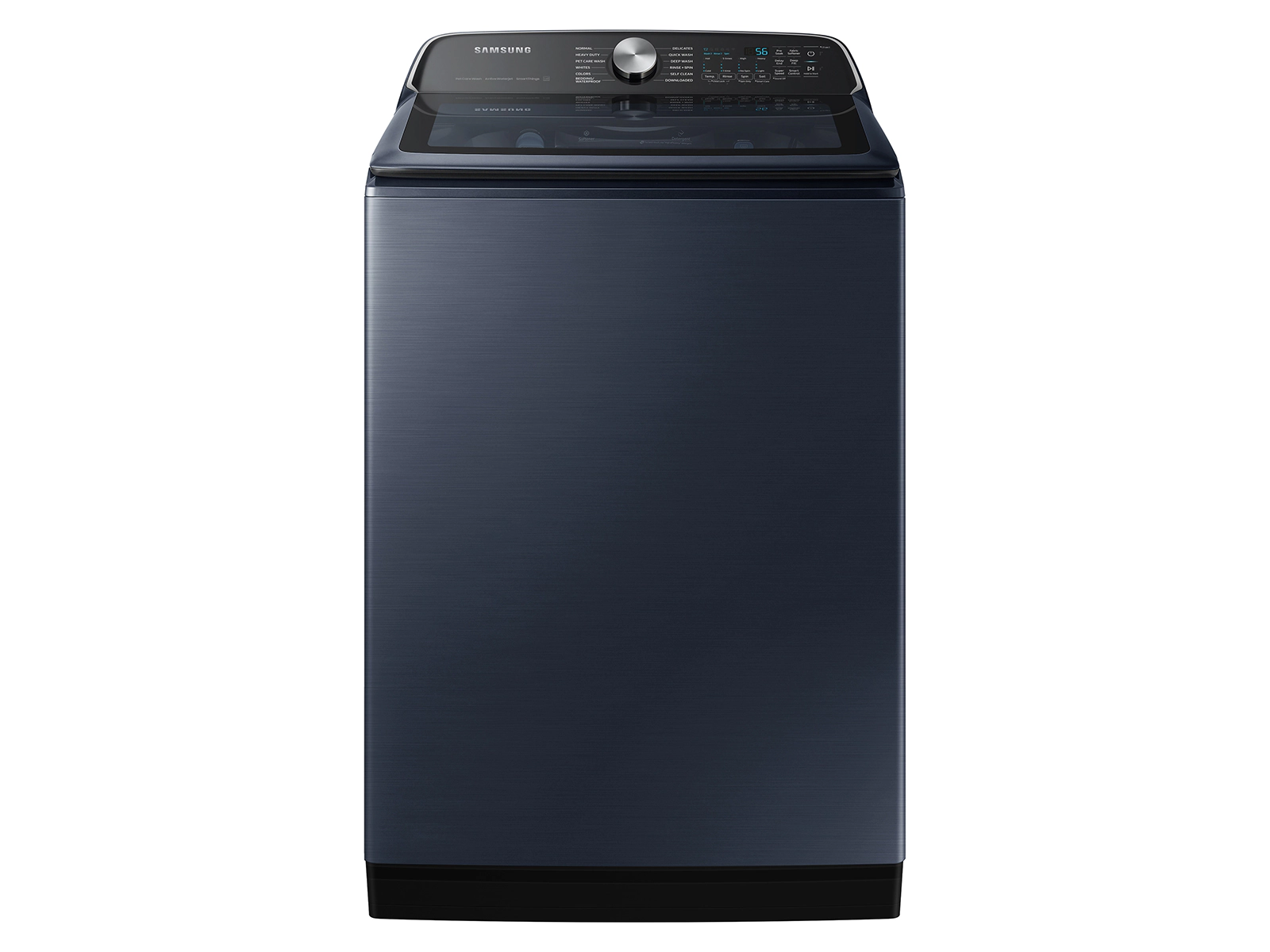Introduction
A properly balanced washing machine is vital for its efficient and reliable performance. An unbalanced machine can cause excessive vibrations, noise, and even damage to the appliance or surrounding areas. It is essential to understand the importance of balancing your washing machine and implement strategies to achieve optimal balance. In this comprehensive guide, we will explore practical tips and techniques to balance your washing machine effectively. From leveling the machine to redistributing the load and maintaining proper maintenance, we will cover all the necessary details to help you ensure a smooth and balanced washing machine operation.
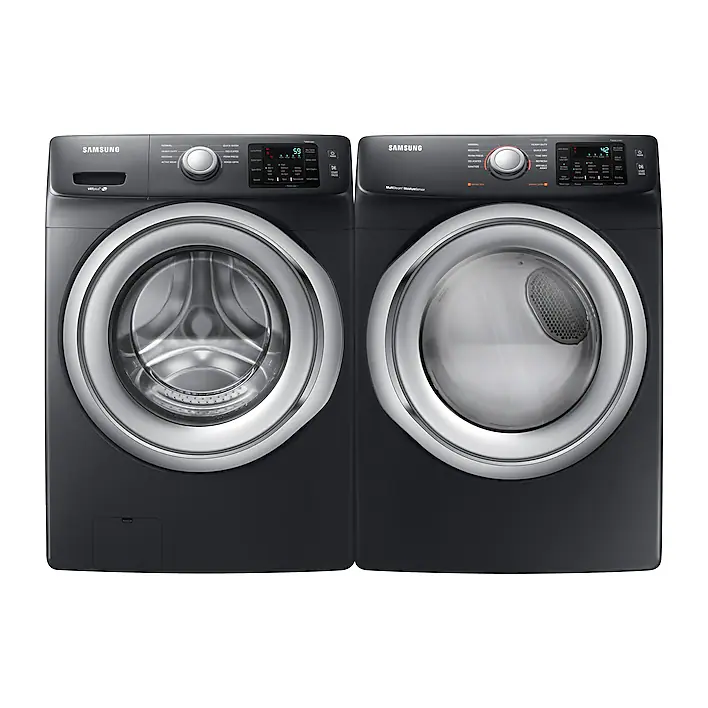
Achieving a Balanced Washing Machine: Essential Tips for Smooth Operation
I. Importance of a Balanced Washing Machine
-
Efficient Performance:
- A balanced washing machine operates more efficiently, ensuring thorough cleaning and rinsing of clothes. Proper balance reduces strain on the motor, prolonging its lifespan and reducing energy consumption.
-
Preventing Damage & Noise:
- An unbalanced washing machine can cause excessive vibrations, leading to damage to the internal components and excessive noise during operation. Balancing the machine helps mitigate these issues, providing a quieter and more user-friendly laundry experience.
II. Leveling the Washing Machine
-
Checking for Levelness:
- Use a bubble level or place it on top of the machine to check if it is level both from front to back and side to side. Adjust the leveling feet or use shims to achieve a balanced position.
-
Front-to-Back Leveling:
- Begin by adjusting the front leveling legs. Turn them clockwise or counterclockwise until the machine is level in the front. Use a spirit level to ensure accuracy.
-
Side-to-Side Leveling:
- Next, check the side-to-side levelness. Ensure the machine is evenly balanced from left to right by adjusting the leveling legs accordingly.
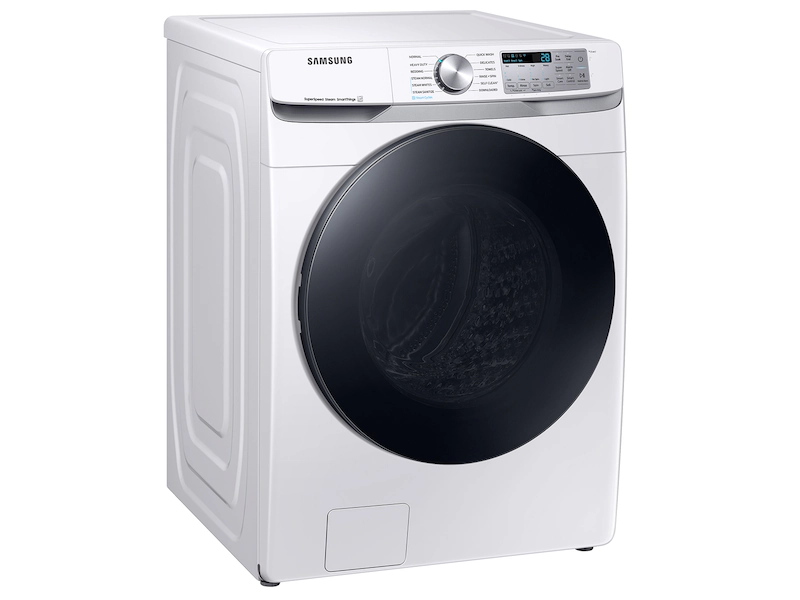
III. Proper Load Distribution
-
Dividing the Load Evenly:
- Load the washing machine evenly to distribute the weight and prevent uneven spinning. Mixing lighter and heavier items helps balance the load more effectively.
-
Avoiding Overloading:
- Overloading the washing machine can throw off its balance. Follow the manufacturer’s guidelines regarding load capacity and avoid exceeding them to ensure optimal performance.
-
Large Items and Delicates:
- When washing large items such as comforters or blankets, pair them with other lightweight items to create a balanced load. Delicate items may require separate loads to prevent excessive movement and potential damage.
IV. Redistributing the Load
-
Pausing the Cycle:
- If an unbalanced load is detected during the wash cycle, pause the machine to redistribute the items within the drum.
-
Manual Distribution:
- During the pause, carefully open the machine’s lid or door and manually reposition the clothing items to create a balanced load. Ensure items are not bunched up on one side.
-
Resuming the Cycle:
- After redistributing the load, close the lid or door and resume the wash cycle. The machine will recalibrate and adjust its operation to accommodate the newly balanced load.

V. Maintenance and Care
-
Cleaning the Drum:
- Regularly clean the washing drum to remove any accumulated residue, lint, or debris that may affect the balance of the machine. Follow the manufacturer’s guidelines for drum cleaning methods and frequency.
-
Inspecting Suspension Springs and Shocks:
- Periodically check the suspension springs and shocks that support the drum inside the machine. Look for signs of damage, wear, or sagging. If any issues are detected, consult a professional for repair or replacement.
-
Routine Maintenance:
- Follow the manufacturer’s recommendations for routine maintenance, such as cleaning or replacing filters, checking hoses for leaks, and ensuring proper drainage. A well-maintained machine is less likely to develop balance-related issues.
VI. Adjusting the Feet
-
Periodic Inspection:
- Regularly check the leveling feet on the washing machine to ensure they are in good condition and not damaged. Replace any worn or broken feet as needed.
-
Adjusting the Feet:
- If the machine becomes unbalanced over time, check the leveling feet and adjust them if necessary. Use a wrench or a pair of pliers to turn the leveling feet clockwise or counterclockwise to achieve the desired balance.
VII. Troubleshooting Unbalanced Loads
-
Detecting Unbalanced Load Errors:
- Many modern washing machines have sensors that detect unbalanced loads and display error codes. If you receive such an error, follow the machine’s instructions for redistributing the load or troubleshooting the issue.
-
Load Reconfiguration:
- If you frequently encounter unbalanced load errors, consider adjusting your load configuration techniques. Experiment with different load sizes, item placements, or washing programs to achieve better balance.
VIII. Seeking Professional Assistance
-
Consult the Manufacturer:
- If you continue to experience balance-related issues despite your efforts, consult the washing machine manufacturer’s customer support or refer to the user manual for specific troubleshooting steps.
-
Professional Repair Services:
- If your washing machine consistently fails to balance or exhibits other operational problems, it may require professional repair services. Contact qualified technicians experienced in the repair and maintenance of your specific washing machine model.
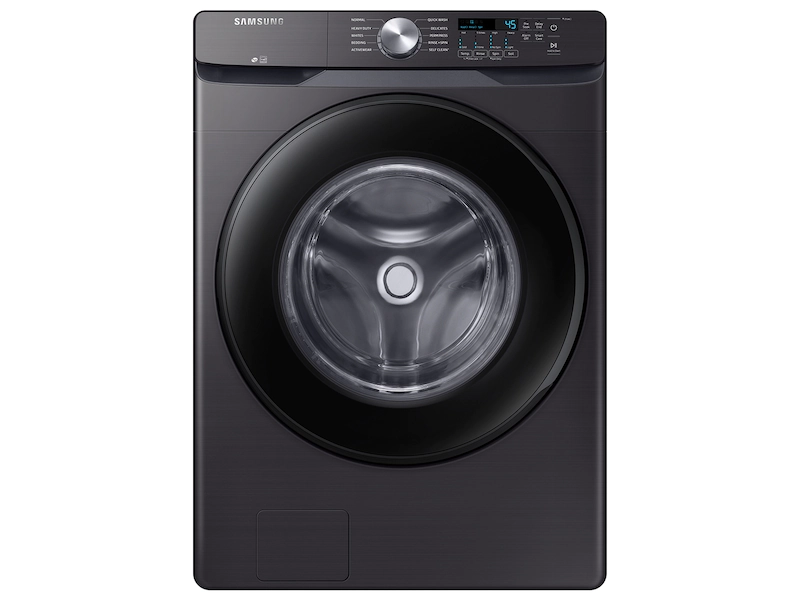
Frequently Asked Questions
-
How do I know if my washing machine is unbalanced?
- An unbalanced washing machine may exhibit excessive vibrations, loud noises, or even move around during the spin cycle. Some machines also have built-in sensors that display error codes indicating an unbalanced load.
-
Can an unbalanced washing machine cause damage?
- Yes, an unbalanced washing machine can cause internal damage to its components, such as the motor or drum. It can also lead to damage to the surrounding area or even result in water leakage.
-
Can I fix an unbalanced load without pausing the machine?
- In most cases, it is recommended to pause the machine and redistribute the load manually. This ensures that the load is properly balanced before resuming the wash cycle. However, some machines may have automatic balancing features that adjust the load during operation.
-
How often should I level my washing machine?
- It is a good practice to check the levelness of your washing machine periodically, especially if you notice excessive vibrations or noises. Leveling should typically be done during the initial installation and whenever you move or adjust the appliance.
-
Can I balance a washing machine on a carpeted floor?
- Balancing a washing machine on a carpeted floor can be more challenging due to the cushioning effect of the carpet. You may need to use a plywood or similar sturdy material to create a stable surface under the machine’s feet.
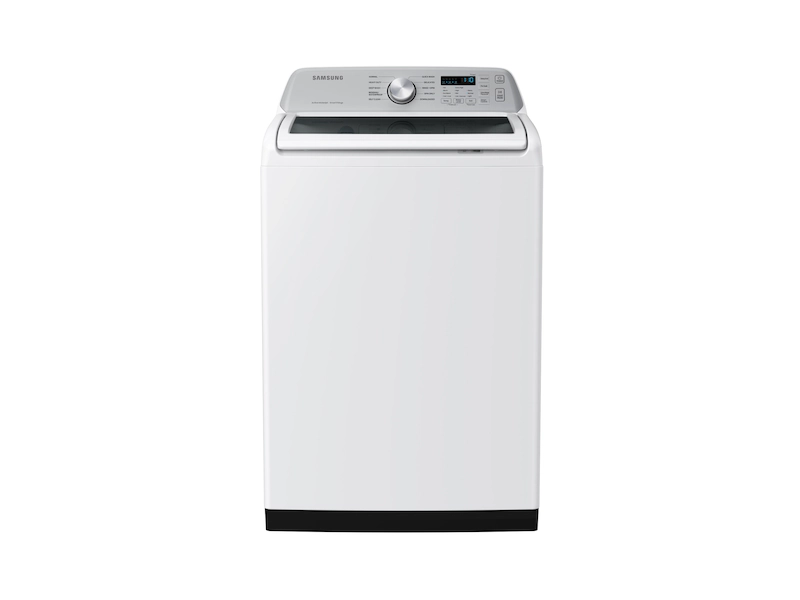
IX. Conclusion: Ensuring a Smooth Washing Experience
Maintaining a balanced washing machine is crucial for efficient, reliable, and quiet operation. By implementing the strategies outlined in this guide, including leveling the machine, redistributing load weight, and performing routine maintenance, you can achieve optimal balance and enjoy a smooth and hassle-free laundry experience. Remember to follow the manufacturer’s guidelines, inspect the machine regularly, and address any balance-related issues promptly. With a properly balanced washing machine, you can achieve cleaner clothes and extend the lifespan of your appliance while minimizing noise and preventing potential damage.

